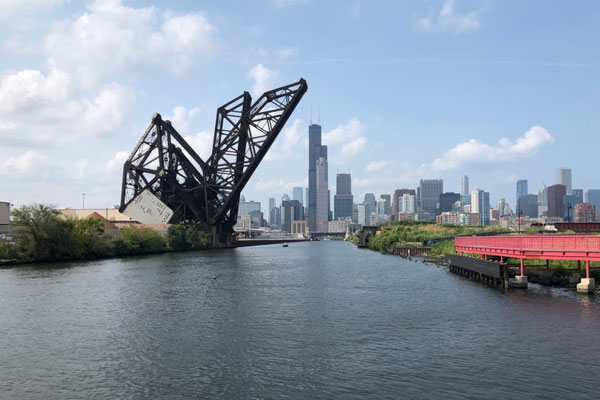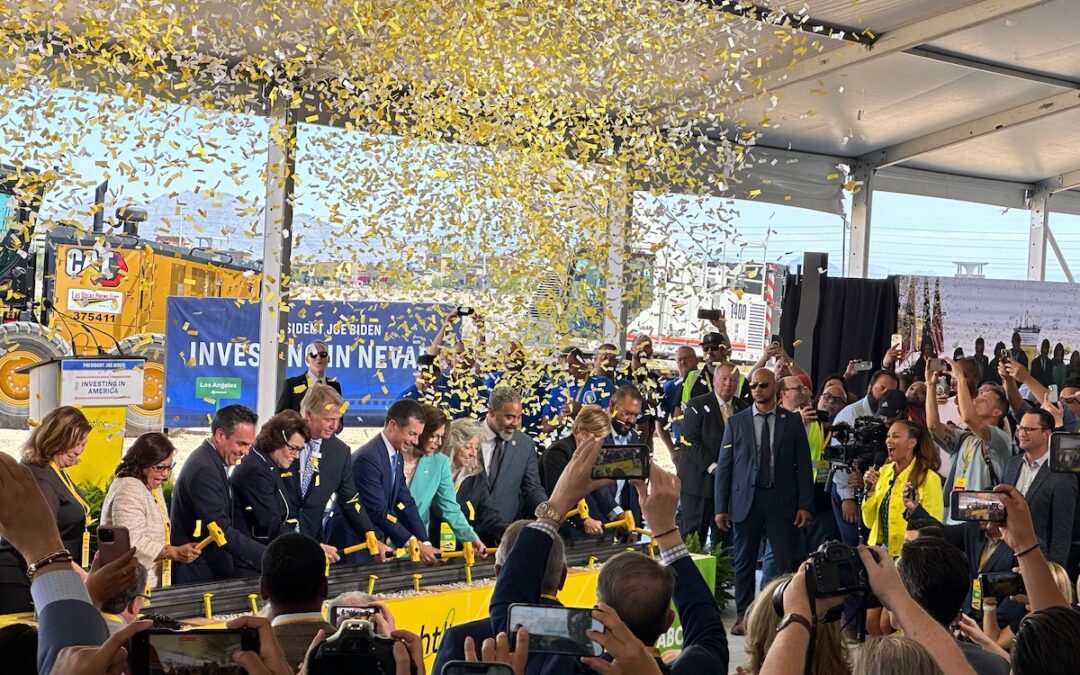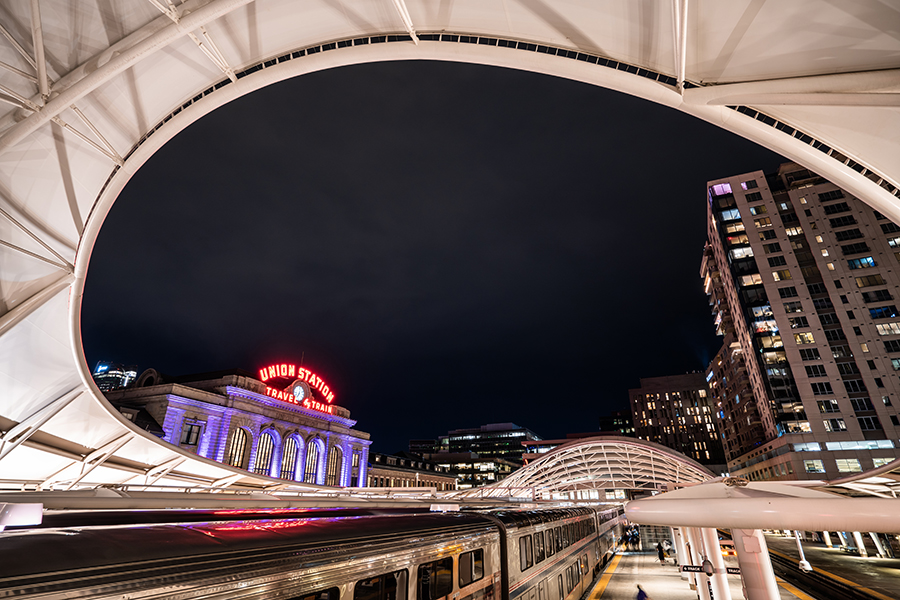The railroad Brightline today broke ground in Nevada on its new Brightline West project. Brightline will use trains traveling up to 200 miles per hour to cut the travel time between Las Vegas and Los Angeles in half. The company already operates successful trains...

Update on the Chicago Hub Improvement Program
Many Alliance members have been asking for an update on the Chicago Hub Improvement Program (CHIP), a group of projects centered around upgrading Chicago Union Station and creating better routes through Chicago into the station. CHIP is being led by Amtrak and did not receive the Mega grant they had applied for, but the project is alive and well, with Amtrak now pursuing other federal grant opportunities.
Our understanding is that CHIP didn’t quite line up with the criteria to receive a Mega grant. In response to this, Amtrak has split the program into four separate projects and are applying for separate discretionary grants for each project under the FY22-23 Federal-State Partnership for Intercity Passenger Rail Grant Program. We are happy that Amtrak is being aggressive about pursuing grant funding for this critical program, and are now pursuing grant funding from a more appropriate source.
Thank you to everyone who contacted their elected officials in support of this program. This helped result in a letter of support from over 50 mayors in 2022, and the program continues to have backing from leaders throughout the region. At the Alliance we continue to support CHIP and believe fixing the nation’s railroad hub in Chicago is critical for improving passenger rail throughout the country.
Statement from Amtrak:
“Amtrak and our partners in Chicago and throughout the Midwest agree route and station concourse investments envisioned by Chicago Hub Improvement Program (CHIP) are of national importance. We have unprecedented support from business and government leaders and we will continue to seek every available federal funding opportunity for every element of CHIP.”
Please sign the petition supporting the Chicago Hub Improvement Program!
Read More
CrossRailChicago: Dream Big. Go Faster. Travel Farther.
Chicago Hub Improvement Program
Chicago Hub Improvement Program Receives Critical Support
Challenging Convention: High Speed Rail and How It Can Transform California
Everything in our daily lives was once a new concept that challenged the status quo. One such concept was internal combustion, which replaced eons of using animal power and later steam to get around. The coming of the automobile and better roads brought a new kind of speed and mobility that had never been experienced before. In America, the building of the Interstate highways expanded this mobility even further and helped cement car culture as an American institution.
Much was the case for most of the world following the Second World War, as older methods made way for cars and highways. One such victim was train travel, which through years of neglect and increasingly stiff competition simply couldn’t keep up. That is until 1964 when Japan introduced the Shinkansen, a train unlike any ever seen before. Running at 130 miles per hour, it slashed travel times and ushered in a high speed rail revolution. Today over twenty countries have high speed trains running at speeds of up to 200 miles per hour, carrying tens of millions of people annually. Just as the car did for the 20th century, high speed rail is doing for the 21st with a new, fast and comfortable way to travel.
Continue Reading
Articles We Enjoyed
Merger Brings New Orleans-Baton Rouge Passenger Rail Closer to Reality
B&P Tunnel Replacement Program Work Begins (Amtrak)
F. K. Plous: How Metra Could Build Regional Rail In Chicago (Chicago Tribune)
HS2 Old Oak Common Progress January 2023 (Video)
HS2 Interchange (Birmingham) Progress March 2023 (Video)
The Latest from HSRA
Our Latest Blog Posts
Check out the latest news, updates, and high speed rail insights from our blog!



